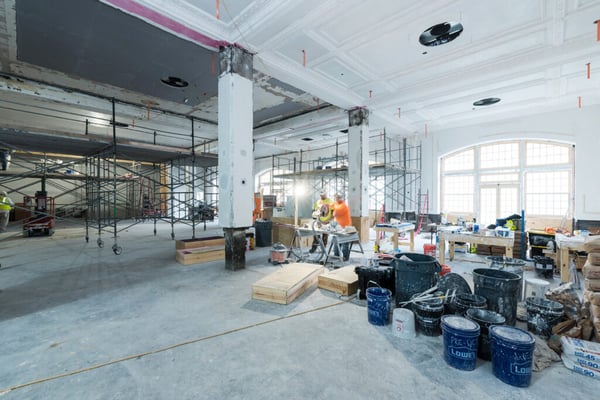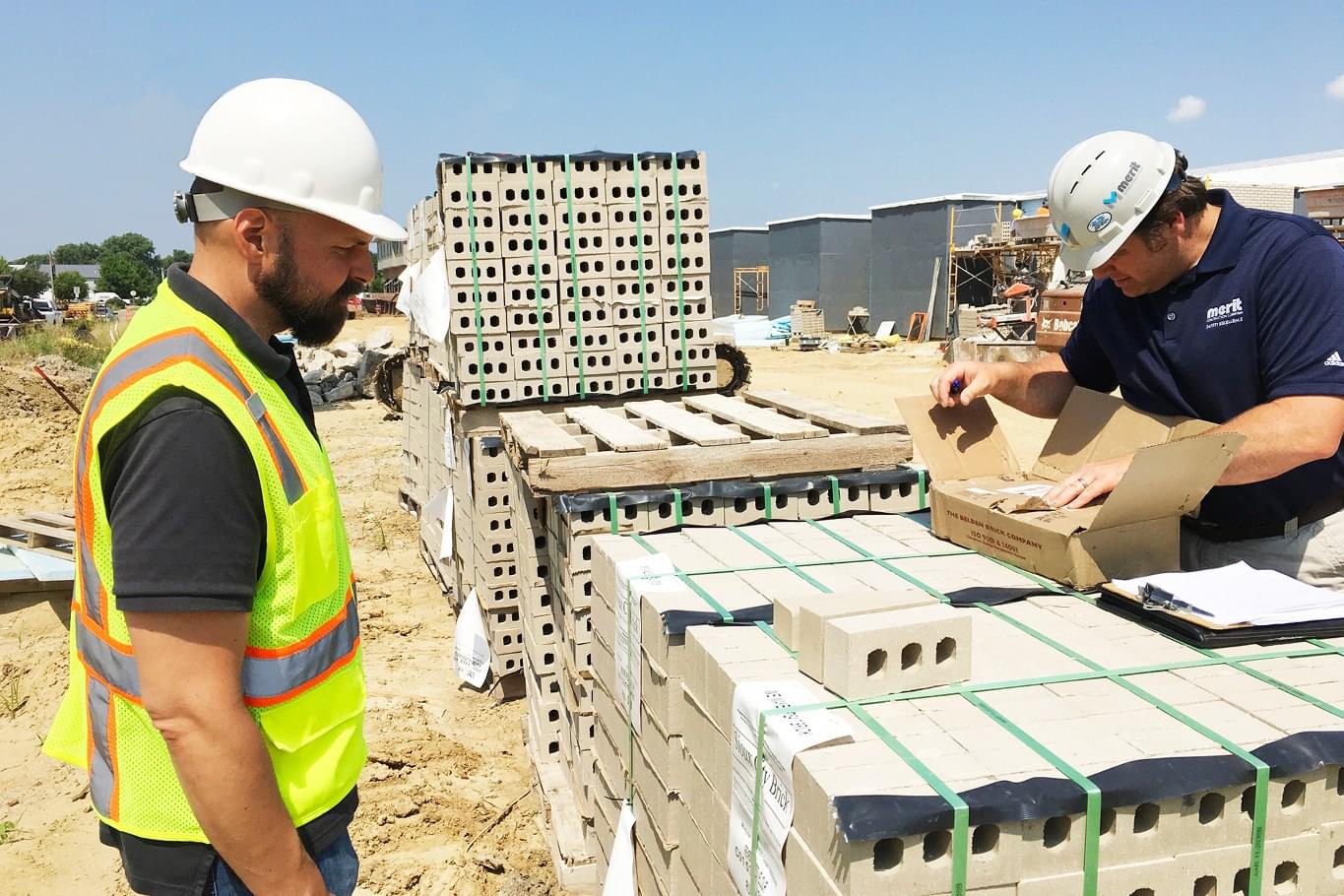For most building owners, change orders represent cost overruns and slowed schedules, making them a source of fear and anxiety. If you are starting a building project, you might be wondering how to avoid them.
Although they can be inconvenient, change orders are a normal part of the building process. Therefore, it’s crucial to prepare for some unknowns and factor construction contingencies into your budget.
At Neumann Monson, we know the most successful building projects occur when everyone knows what to expect, especially when it comes to pricing and scheduling. This article will help you prepare for change orders by explaining:
- The reason for change orders
- The change order submission process
- The cost of contingencies
By the end of the article, you will understand the likelihood of encountering a change order on your project and how much you should budget for contingencies—helping you keep your project on budget and on schedule.
Why Do Change Orders Occur?
Every building project presents unknowns, and change orders address the issues when they arise. They can include any addition, deletion, or substitution to the project scope after construction is underway.
Some change orders may be requested by the building owner. For example, once construction is underway, you might receive additional funding and decide to upgrade your materials. Rather than carpet, you may want a more durable flooring material like terrazzo. To make this substitution, a change order will be issued to amend the contract.
In other cases, contractors can submit change orders for work that was not covered in the bidding documents. When construction is underway, the contractor may notice additional work is needed to complete the project.
Although this situation can occur on any project, it is especially common with renovations. For example, many older buildings contain hidden conditions that are not visible until demolition occurs. We might be able to account for some conditions through pre-design site surveys, but we will not know the true extent until construction is underway. If unforeseen conditions are discovered during construction, the contractor would have to add new work to the project scope and submit a change order.

Renovations may present more change orders
Submitting Change Orders
The process of submitting a change order will look different for contractors and building owners.
Contractor Submissions
When contractors want to seek clarifications on the contract documents, they will submit a Request for Information (RFI) to your architect. The architect will check the construction documents and respond to the RFI with clarification. If the contractor believes the response will change the project’s scope, they will submit a Change Authorization Request (CAR) to the architect. In this document, the contractor will break down the cost of completing the work, including the cost of labor and materials and how the change will impact the schedule.
After reviewing the CAR, your architect will talk to you about the change and the potential cost and schedule impact. Normally, they will make a recommendation on whether you should approve the request.
If you approve the CAR, the architect will issue a change order form, which you, the architect, and the contractor will sign. The fully-executed change order formally amends the owner-contractor agreement.
Building Owner Submissions
The process looks a little different for building owners. You will talk with your architect about the change you are wanting to make, and they will submit a Proposal Request (PR) to the contractor. The contractor will then break down the cost of completing the change, estimate any changes to the schedule, and return the proposal to the architect.
After reviewing the proposal, the architect will share the proposal with you, and if you approve the cost, the architect will issue a change order form.
In both cases, the architect acts as an advocate for your interests. An architect should communicate with the contractor, review all the costs and schedule impacts, and give you recommendations—allowing you to make the best decision.
Budgeting for Contingencies
Most architects expect some unknowns and will factor them into the project cost through a contingency.
Throughout the design of your project, the architect will factor in a contingency for any unknowns. Known as a “design contingency,” the percentage is usually higher at the beginning of the design process and lower at the end. For example, the contingency might be around 15% of the construction cost during Schematic Design and around 5% during Construction Documents.
As the architect gets a better understanding of the project’s scope, you do not need to account for as many unknowns.
During construction, your architect will recommend that you budget a contingency to account for any change orders. This can either be held by you or built into the construction contract.
For new buildings, we recommend a construction contingency equal to 1-2% of the construction cost. For renovations, we recommend a contingency of 3-5%. As mentioned, renovations tend to present more unknowns, and thus more change orders. To account for these expected surprises, we recommend a slightly higher contingency.
So, if you are planning a $1M renovation, you will need to budget at least $30,000 for contingencies.
Why Allow for Contingencies?
If your budget is tight, you might be tempted to forego contingencies. However, this will likely cost you more if a change order arises.
Remember: change orders can occur on any project. Accounting for some unknowns in your budget helps the project run smoothly. Prepare yourself for the worst-case scenario and ensure you have the funding to cover whatever may arise.
Planning for Change Orders
Change orders cause building owners anxiety—and for good reason. If you are not properly prepared, they can drive up the cost of a project and slow down your timeline.
Knowing why change orders occur, how your architect will address them, and the cost of contingencies will prepare you for the construction process. For example, if you are taking on a renovation, you can expect more change orders and a higher contingency. With a new building, you can expect fewer change orders, but you should budget for at least a 1-2% contingency just in case.
Now that you know how to plan for change orders, start planning your budget by reading about the difference between project costs and construction costs or the factors that influence architecture fees.
To learn how an architect can help you plan your budget, contact Neumann Monson and schedule a meeting.
